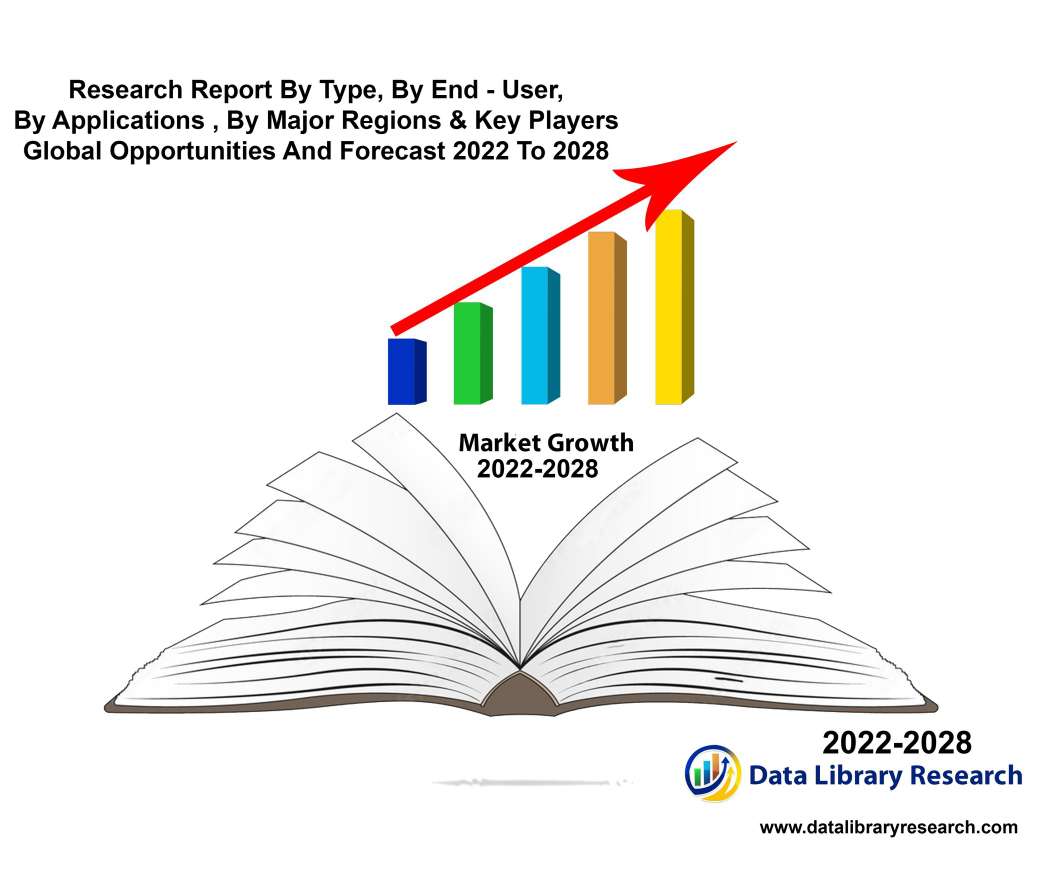
Introduction
Age-Related Macular Degeneration (AMD) is a progressive eye condition that affects millions of people worldwide, primarily among the aging population. As the global population continues to age, the prevalence of AMD is on the rise, making it a significant concern in the field of ophthalmology and healthcare as a whole. This article delves into the AMD market, discussing its current status, key players, treatment options, and the promising developments that offer hope to patients in the future.
The Current Landscape
As of my last knowledge update in September 2021, the AMD market was witnessing steady growth. The market was primarily segmented into two categories: dry AMD and wet AMD. Dry AMD, characterized by the accumulation of drusen in the macula, accounts for the majority of cases but typically progresses more slowly. Wet AMD, on the other hand, is less common but more severe, as it involves the formation of abnormal blood vessels beneath the macula.
Key Players
Several pharmaceutical and biotechnology companies have been actively involved in the AMD market, developing innovative therapies and drugs to address this vision-threatening condition. Some of the prominent players include:
1. Genentech (a subsidiary of Roche): Known for their drug Lucentis, which is used to treat wet AMD by inhibiting abnormal blood vessel growth.
2. Novartis: Offers Lucentis in collaboration with Genentech and is also involved in the development of other AMD treatments.
3. Regeneron Pharmaceuticals: Marketed Eylea, another anti-VEGF medication for wet AMD treatment.
4. Allergan (now part of AbbVie): Produced Ozurdex, which delivers steroids to the eye to reduce inflammation and manage symptoms.
5. Bausch + Lomb: Known for the subdermal implant Beovu, another anti-VEGF drug for wet AMD.
Treatment Options
As of 2021, the primary mode of treatment for AMD was anti-VEGF (Vascular Endothelial Growth Factor) therapy. These drugs, such as Lucentis, Eylea, and Beovu, work by inhibiting the growth of abnormal blood vessels and reducing inflammation in the retina. While these treatments have been effective in stabilizing or even improving vision in some cases, they require frequent intravitreal injections, which can be burdensome for patients.
In addition to anti-VEGF therapies, dietary supplements containing vitamins and minerals, such as the AREDS (Age-Related Eye Disease Study) formula, have been recommended for individuals with intermediate or advanced AMD. Lifestyle modifications, like quitting smoking and maintaining a healthy diet, also play a vital role in managing the condition.
Emerging Trends and Future Prospects
Since 2021, the AMD market has witnessed several promising developments:
1. Gene Therapies: Researchers are exploring gene therapies to target the underlying genetic factors that contribute to AMD. This approach aims to provide a one-time treatment to slow or halt the progression of the disease.
2. Drug Delivery Innovations: Advances in drug delivery systems aim to reduce the frequency of injections for patients. Sustained-release implants and other novel delivery methods may make treatment more convenient.
3. Artificial Intelligence (AI) Diagnostics: AI-powered imaging and diagnostic tools have the potential to detect AMD earlier and monitor its progression more accurately, enabling timely intervention.
4. Stem Cell Therapies: Stem cell research holds promise for regenerating damaged retinal cells in AMD patients, potentially restoring lost vision.
5. Combination Therapies: Researchers are investigating the effectiveness of combining different treatments, such as anti-VEGF drugs with gene therapies, to enhance outcomes.
Conclusion
The Age-Related Macular Degeneration market is evolving rapidly, with a focus on developing more effective, convenient, and accessible treatments. As the aging population continues to grow, addressing AMD's prevalence and impact remains a critical healthcare priority. Patients and healthcare providers alike can look forward to innovative therapies and advancements in diagnostics that offer hope for better outcomes and improved quality of life for those affected by this vision-threatening condition. Staying updated on the latest developments in the AMD market is essential for patients, caregivers, and healthcare professionals alike.



























